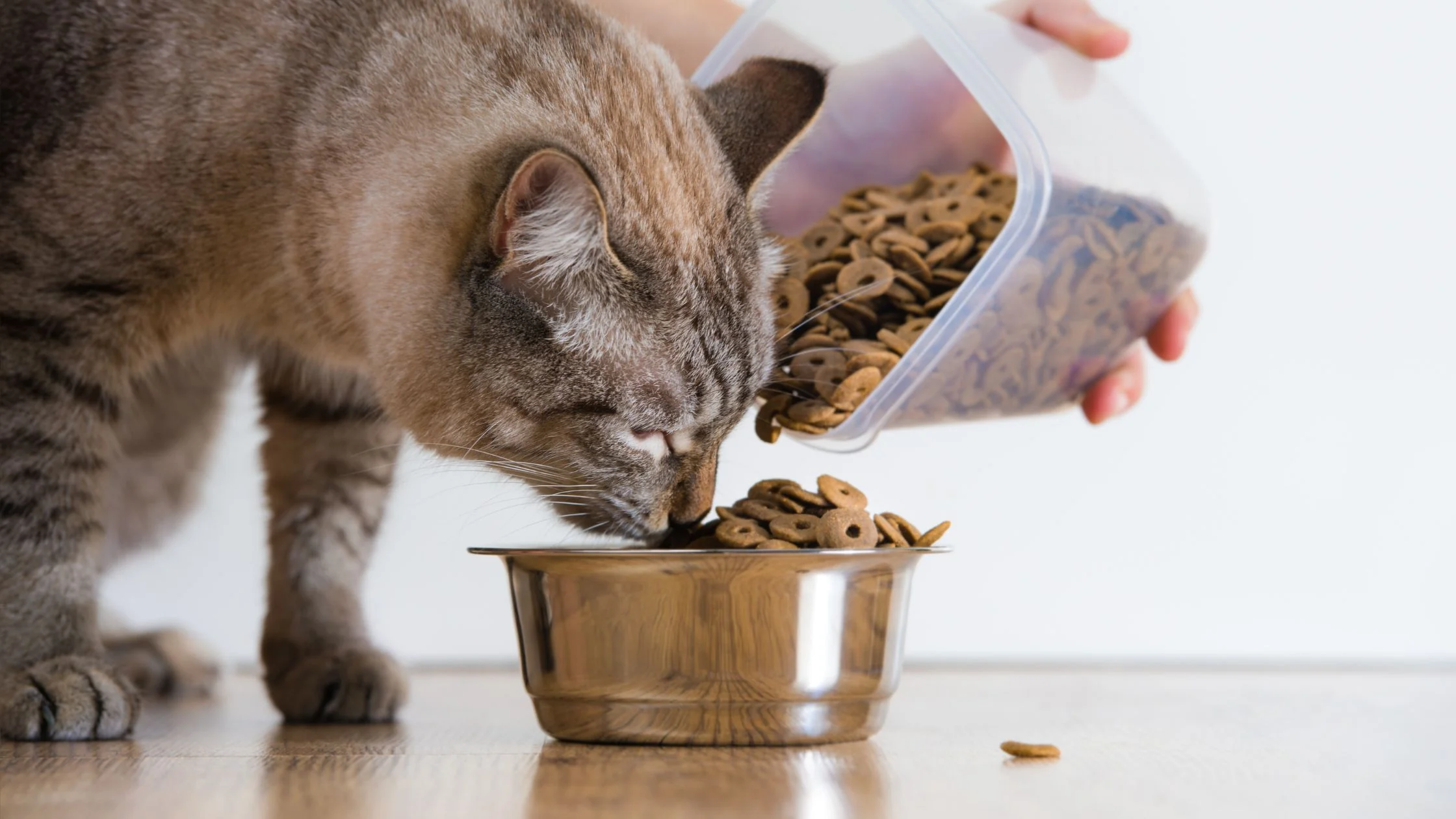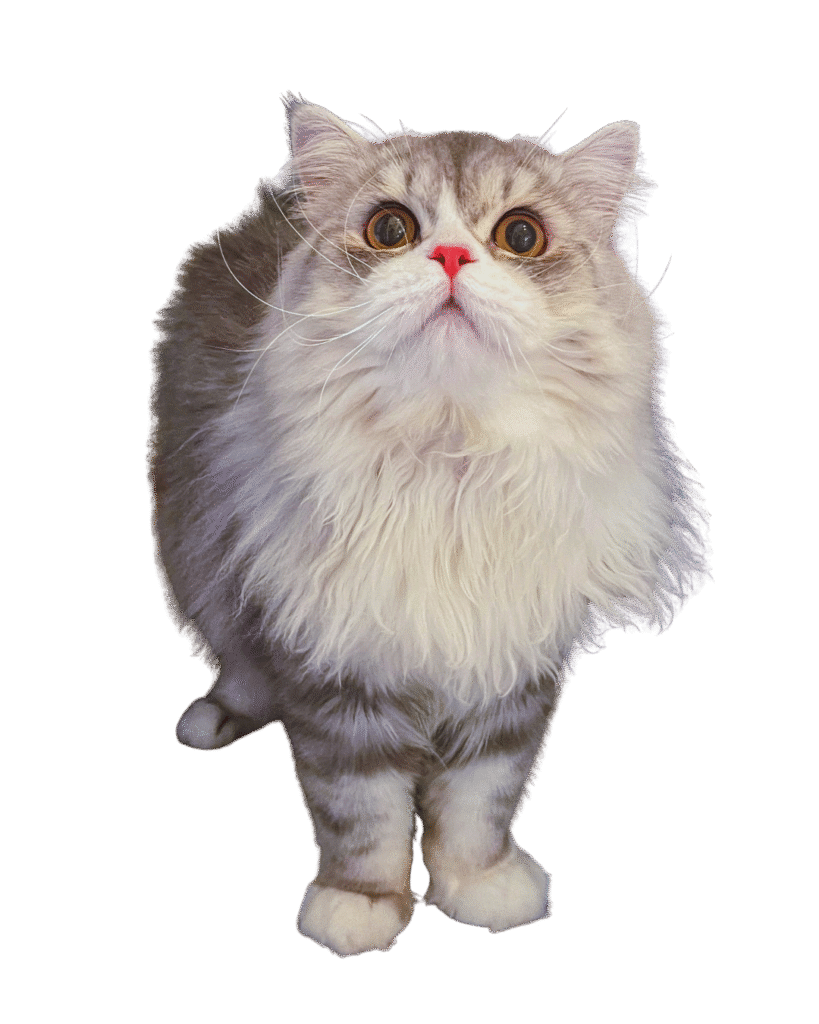Proper storage and handling of cat food are crucial for maintaining its nutritional value and ensuring the safety of your feline friend. Here’s a comprehensive guide to storing and handling cat food effectively.
Importance of Proper Cat Food Storage
The way you store cat food significantly impacts its freshness, nutritional value, and safety. Inappropriate storage can lead to nutrient degradation, contamination, and spoilage.
For instance, exposure to heat, light, air, and moisture can destroy essential nutrients in cat food. Moreover, incorrect storage can attract pests and lead to bacterial or mold growth, which can cause health problems for your cat, such as vomiting, diarrhea, or more severe disorders.
In the humid and warm climate of Thailand, storing cat food correctly is crucial to prevent spoilage and maintain its nutritional value. Improper storage can lead to a loss of nutrients, spoilage, and even the growth of harmful bacteria.
Best Practices for Storing Cat Food
-
Use the Original Container: It’s best to keep cat food in its original package, as these bags are designed to preserve freshness and nutrients. If necessary, place the entire bag into a clean, dry, airtight container, but avoid pouring kibble directly into another container as it can accelerate spoilage.
-
Store in a Cool, Dry, and Dark Place: Keep cat food below 27°C and at less than 15% humidity. A cold, dry, dark pantry or closet is ideal. Excess heat, humidity, or light can degrade or discolor nutrients.
-
Avoid Storing in the Garage or Porch: These areas are not suitable for storing cat food due to their exposure to temperature fluctuations, humidity, and pests.
-
Use a Sealable Container or Bag: After opening, seal dry or wet cat food to protect it from air, moisture, odors, and pests. Clips or rubber bands can be used to seal dry cat food bags, and plastic wrap or lids for wet food cans or pouches.
Handling Wet Cat Food:
-
Refrigeration Is Key: After opening, wet cat food should be stored in the refrigerator. In Thailand’s heat, it’s essential to keep it chilled to prevent bacterial growth.
-
Covered and Consumed Quickly: Use a lid or plastic wrap to cover the opened wet food and try to use it within 2-3 days.
-
Serving Temperature: Since cats don’t like cold food, warm the refrigerated wet food to room temperature before serving.
Common Mistakes to Avoid
- Leaving the Bag Unsealed: This exposes the food to air, moisture, odors, and pests, compromising its quality and safety.
- Storing in Plastic Containers: Avoid using plastic containers as they can leak chemicals into the food and absorb odors. If necessary, use clean, dry, airtight plastic containers.
- Freezing Dry Cat Food: Freezing can cause condensation, mold growth, and deterioration, affecting the food’s texture and taste.
Other Cat Food Safety Tips
-
Check Expiry Dates: Always check the expiry dates when purchasing cat food, as products closer to their expiration are more susceptible to degradation, especially in hot climates.
-
Avoid Bulk Buying: While buying in bulk might be tempting, frequent purchasing of smaller quantities ensures the freshness of the cat food, which is a significant factor in Thailand’s tropical environment.
-
Regular Cleaning: Regularly clean the storage containers and area to prevent contamination and pest infestation.
Understanding Thai Climate Challenges:
The Thai climate poses unique challenges in pet food storage. The high humidity can lead to quicker degradation of food, and the warmth can encourage bacterial growth. Therefore, it’s crucial to adapt storage methods accordingly.
Final thoughts on cat food storage
Properly storing and handling cat food ensures that your cat enjoys fresh, nutritious, and safe meals. By following these guidelines, you can avoid common storage mistakes and contribute to your cat’s overall health and well-being.



